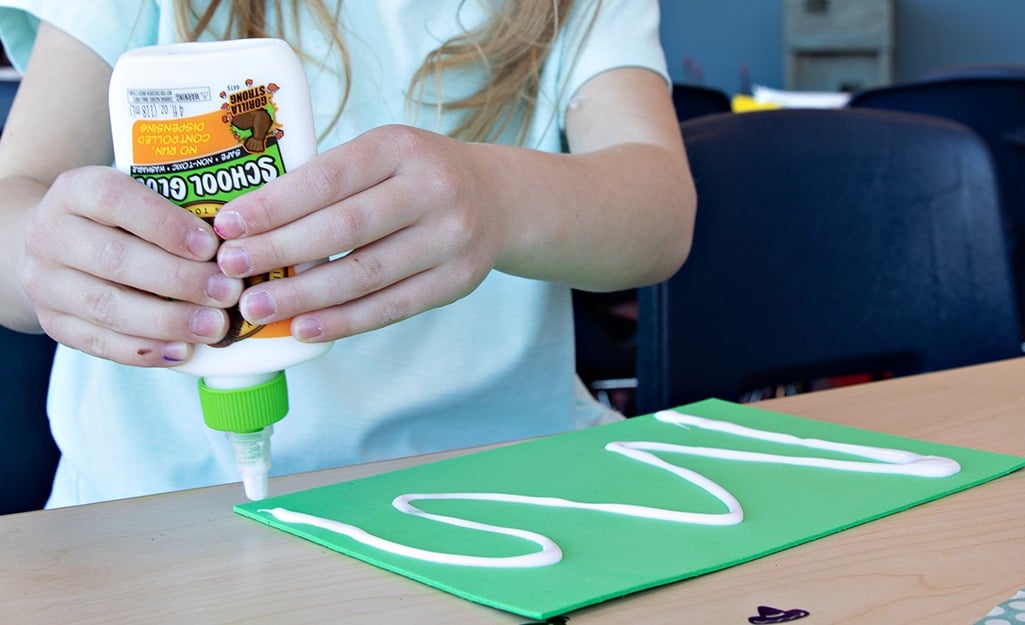
Glue manufacturers must find a balance between two things when making the sticky substance — how strong it holds and how easily it can be pulled apart. That's because boosting one attribute usually weakens the other. As a result, the end product is either not sticky enough or extremely strong. The latter makes it hard to undo to adjust for mistakes or when the product is no longer useful. Now, scientists in Japan have created an intriguing, reusable glue that can instantly be stuck on and off.

The secret to the new adhesive lies in caffeic acid. The organic compound can be found in foods like coffee and apples. It reacts differently under various ultraviolet (UV) light wavelengths.
The team from Japan's National Institute for Materials Science (NIMS) steeped a polymer with caffeic acid and applied it onto a surface. They then exposed it to UV light with a 365 nanometers (nm) wavelength. This formed a strong film on the material that remained stable at room temperature.
To "turn off" the glue, the researchers shone a UV light with a wavelength of 254 nm over the film. This broke the strong links in the polymer and returned it to its original state. Once separated, the glue and the material were ready for use again.

The scientists then conducted several tests to determine the glue's effectiveness. They included using it to hold up a 40-kg (88-lb) weight for 72 hours. The adhesive was also utilized to mend cracked silicon tubes. The tubes remained leak-free even when high-pressure water was run through them. The glue worked underwater as well. The researchers believe this is because caffeic acid's chemical structure is similar to the sticky substance produced by marine creatures like mussels.
Beyond its novel stick-unstick ability, this breakthrough may also help reduce waste. Products could potentially be dismantled into components at the end of their useful life and transformed into new ones.
Resources: Newatlas.com, Eureka alert.com
